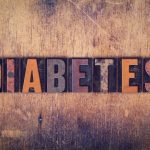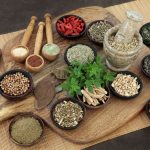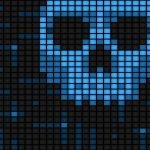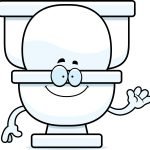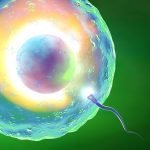A Case Study Involving Acupuncture for the Treatment of Fertility in a 33-Year-Old Female and a 37-Year-Old Male
Judith Fiore, ND
Acupuncture has been shown in several recent studies from Europe and the United States to greatly benefit fertility (Paulus et al., 2002; Magarelli et al., 2004; Quintero et al., 2004; Siteman et al., 1997). However, in the realm of Traditional Chinese Medicine, it has been known for hundreds, if not thousands, of years that acupuncture will help women conceive and carry a pregnancy to term. The one thing that has become evident in modern medical fertility treatment is that acupuncture is an essential component to significantly increase success rates for in vitro fertilization (IVF). Acupuncture has also been shown to dramatically decrease miscarriage rates with IVF patients. In a study from the University of Colorado, women who did not receive acupuncture with their IVF treatment had a miscarriage rate of 20%. Only 8% of the women in the acupuncture group experienced miscarriage (Magarelli et al., 2004).
In December of 2002, Mark and Jane (not their real names) came in for their first visit hoping that naturopathic support would be enough to achieve pregnancy with their fourth IVF attempt. In all their previous IVFs, their embryos were of good quality, and the majority of their embryos made it to the blastocyst stage, which tends to increase odds of conception. Not only did they have these failed IVF cycles using “fresh” embryos, but there was also a frozen embryo transfer that was unsuccessful. Now, Mark was 37 years old and Jane was 33, and although they were anxious to have a child they had decided that this fourth try would be their last. They did not wish to adopt, and felt they would be willing to accept the consequences of another failed IVF if they knew that they had tried everything they could to have a child. For nearly every patient I see, the one thing they do not wish to experience is regret that they didn’t do everything they could.
I ask first-time patients to bring in recent bloodwork, cycle monitoring charts from their fertility clinic, and other diagnostic reports such as ultrasound and X-ray. In Mark’s case, his semen analyses showed low sperm counts in the range of 6 to 10 million. Bilateral varicoceles had been found in early 2000, and he underwent bilateral varicocelectomy later that year with no improvement in his sperm count. Jane had a test known as a hysterosalpingogram, where dye was injected into her fallopian tubes and radiographs were taken to see if the dye would spill freely into her peritoneal cavity. This test showed that both her fallopian tubes were occluded to the point where there was little to no free spill of the dye. Therefore, for this couple with low sperm count and blocked fallopian tubes, IVF seemed to be their only chance to have children together.
We set to work. I always tell my patients that I need a minimum of 3 months to have any sort of effect on eggs and sperm, but that to have the best outcome, 6 months of treatment should result in a better chance of pregnancy with IVF. The 3-month minimum is simply based on the roughly 3-month journey that each egg undergoes before it is fully mature, and the fact that it takes about 72 days for the sperm to develop and mature. With Mark and Jane, they decided that 6 months was a reasonable time frame.
My first goal was to have them change their diet and lifestyle habits first before beginning acupuncture. I asked that they follow the Brown Rice Diet for seven days, and then graduate to a diet that allowed chicken, turkey, yams, legumes, beans, and whole grains, but to avoid caffeine, red meats, eggs, pork, dairy, wheat, and sugar. I also asked Jane to apply castor oil pack treatment to the abdomen at least three times per week, and Mark to apply cold packs to his scrotum for 10 minutes per day.
Initial pulse and tongue assessment showed that Jane had a pulse that was weak in the Kidney Yin and Yang positions, and her tongue was pale with a thick white coat over the middle and rear portions of the tongue. This indicated Kidney Essence Deficiency with probable Cold Invasion of the uterus. She did report feeling cold most of the day, and that she had been experiencing some night sweats since beginning her first IVF treatment. She also felt tired most of the time, especially just after her menses. She also reported somewhat irregular cycles, ranging from 27 days to 32 days. For Mark, he was found to have weakness in the Spleen pulse, as well as a thin, rapid pulse at the Liver position. His tongue had many small cracks down the center, and the tip and the sides were a reddish purple color. He did not seem to have any digestive issues, other than being in the habit of eating too quickly and sometimes feeling lightheaded after a large meal. I assessed Mark with Liver Qi Stasis and Spleen Qi Deficiency.
Acupuncture points were selected according to the above assessments. For Jane, the primary concern was to tonify Kidney Qi and warm the uterus. Acupuncture points CV-4 (Conception Vessel), KI-3 (Kidney), BL-23 (Bladder), BL-52, and SP-6 (Spleen) were often needled to nourish the Kidney Essence. Other points such as ST-30 (Stomach), ST-36, CV-6, and KI-7 were employed to disperse cold from the uterus. Jane’s monthly acupuncture schedule was typically two sessions per month, one before ovulation, and one afterwards. Within two months of treatment, she began to have regular 28-day cycles right up until the fourth IVF attempt.
Mark’s acupuncture schedule was different. Because of his low sperm count, it was necessary to perform acupuncture weekly for a minimum of 12 weeks, and then to have acupuncture twice per month. Acupuncture points to resolve Liver Qi Stasis were LV-3 (Liver), LI-4 (Large Intestine), and GB-34 (Gallbladder). Points to tonify the Spleen were SP-6, ST-36, CV-6, and SP-4. At some visits, Mark’s pulse would sometimes show signs of Kidney Yang Deficiency, and therefore KI-7, GV-4 (Governing Vessel), GV-20, BL-23, and BL-32 were added.
Mark and Jane began their fourth IVF in early August of 2003. Acupuncture sessions for Jane began on the first day of cycle stimulation, and she had a treatment session every two to three days. The day before and the day after embryo transfer, acupuncture was performed. Under the IVF drug protocol of suppression of ovulation with Lupron, and stimulation of follicles with Gonal F, Jane had 6 follicles retrieved, and a total of 3 embryos fertilized. In previous cycles of IVF Jane typically produced around 5-7 follicles, and 3-5 would fertilize. It had been hoped with the cleansing diet, lifestyle changes, and acupuncture that there would have been more eggs. However, this did not seem to matter when two weeks after the transfer of the 3 embryos, Jane had a positive pregnancy test.
They were, of course, ecstatic, but I urged them to be cautiously optimistic. The miscarriage rate for IVF is much higher than the general population, and unfortunately, Jane did miscarry at six weeks gestation. A blood test done shortly before showed that her Beta HCG numbers were still rising, but not as much as would be expected. I was not aware of this; otherwise, it would have been important for Jane to come in for acupuncture and homeopathic support. It is impossible to say if this sort of intervention would have prevented her miscarriage, but I have seen a small percentage of women who, with this treatment, experienced dramatically better HCG levels and who then carried their pregnancies to term.
I did not see Mark and Jane until three months after the miscarriage. The loss was devastating, and they were certain now that they would never have children. They returned for the simple reason that they had never felt better then when they had been following the naturopathic treatments. Their decision was to now focus on their health and not get caught up in the world of infertility. Also, Jane’s cycles were now irregular, and Mark was experiencing digestive problems and poor sleep.
For the first six months of treatment, I did not perform acupuncture. I will say at this point that acupuncture works best when the body has undergone a cleansing diet and digestion is optimal. Mark and Jane came in only for monthly follow-ups and assessment. Nutrition, herbs, and homeopathy were the therapies used during this time. Then, in May of 2004, I asked Mark to begin his weekly acupuncture sessions for the next 12 weeks, and for Jane to have a monthly acupuncture session before ovulation. They were somewhat nervous, and weren’t sure if this was necessary. After all, they knew they couldn’t get pregnant naturally. At this point, I counseled them to be aware that their pulses were improving and I suspected that with acupuncture, it might very well be possible to conceive naturally. Mark admitted that he had felt much better with the regular acupuncture, and Jane agreed that it helped her to feel less tired around her menses.
This couple steadily improved. It was in the fall of 2004 that I noticed a wonderful change in Jane. Her skin had become smooth and supple. It was a noticeable change, since I had made note that her skin was extremely dry at her first visit. She would slather copious amounts of lotions on to her skin, but within a short while her skin reverted to its dry, almost alligator-like appearance. And her cycles were textbook 28 days with a healthy 4-day menses, and no clots or spotting as she had experienced in the past. I did not say anything, but her glowing skin told me that her blocked fallopian tubes had probably opened, since dry skin is usually a sign of inflammation and blood deficiency. And for Mark, besides the regular acupuncture, his bouts with insomnia were finally resolved with one dose of homeopathic Natrum carbonicum. The acupuncture sessions with Mark continued in 12-week schedules, with 4 weeks off in between. Regular acupuncture, as had been demonstrated in an Israeli study conducted in 1997, would help to increase Mark’s sperm count and give them a chance of conceiving naturally (Siteman et al., 1997).
And then, in June 2005, just over two and a half years since their first visit, Mark and Jane walked into my office and announced their pregnancy. It was early, only about 3 weeks gestation, and this time Jane received regular acupuncture until her 12th week. At weekly sessions Jane had SP-4 to calm the uterus, HT-3 (Heart) to treat anxiety as she was very worried that she would miscarry again, SP-8 to move the blood through the uterus, and KI-7, KI-9, and GV-20 to raise Yang and help maintain the pregnancy. In February 2006, their healthy and perfect daughter was born.
As I write this article, they are due to come in again in a few weeks. Their plan is to now try for baby number two. This time around, I feel certain it will take a lot less than two and a half years to conceive.
References
Ellis A et al: Fundamentals of Chinese Acupuncture, Brookline, MA: 1991, Paradigm Publications.
Liang L: Acupuncture and IVF, Boulder, CO: 2003, Blue Poppy Press.
Magarelli et al: Acupuncture before and after embryo transfer results in higher pregnancy rates. Presented at the American Society for Reproductive Medicine (ASRM), October, 2004, Reproductive Medicine and Fertility Center, Colorado Springs, CO; East Winds Acupuncture, Colorado Springs, CO.
Paulus et al: Influence of acupuncture on the pregnancy rate in patients who undergo assisted reproduction therapy, Fertil Steril 77(4):721-24, 2002.
Quintero et al: A randomized, double-blind, controlled cross-over study evaluating acupuncture as an adjunct to in-vitro fertilization, Fertil Steril 81(3), 2004.
Siteman et al: Effect of acupuncture on sperm parameters of males suffering from subfertility to low sperm quality, Arch Androl 39(2):155-6, 1997.
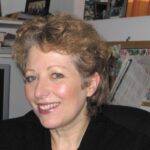 Judith Fiore, ND, practices in Toronto, Ontario, and is dedicated to treating individuals and couples with fertility problems.
Judith Fiore, ND, practices in Toronto, Ontario, and is dedicated to treating individuals and couples with fertility problems.


